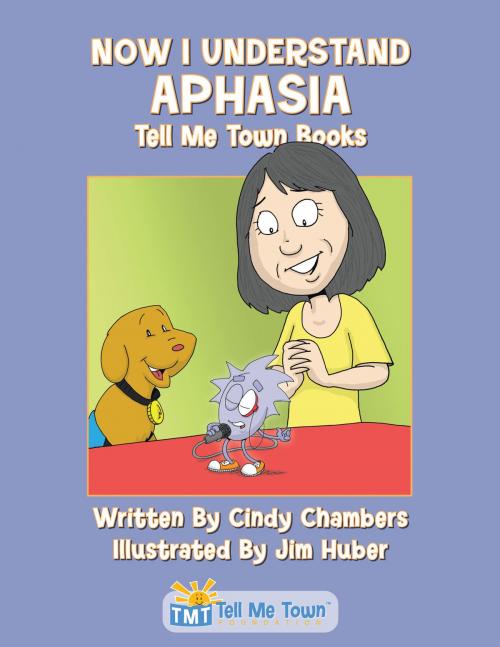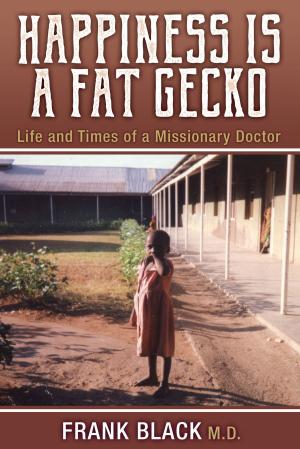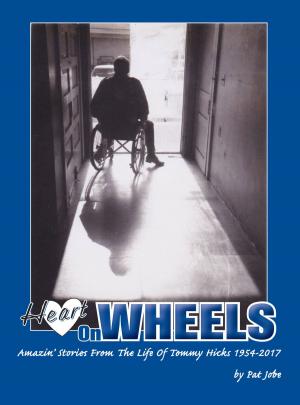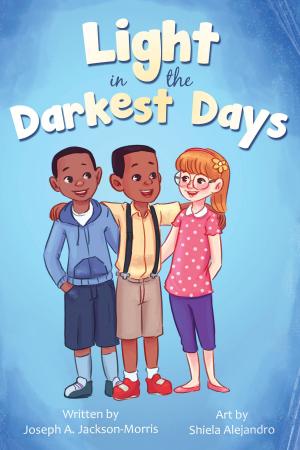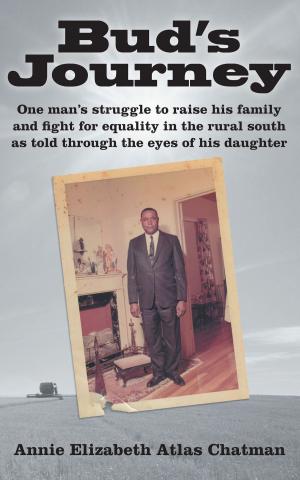Now I Understand Aphasia: Tell Me Town Books
Kids, My Family, My Feelings, My Friends, Social Issues| Author: | Cindy Chambers, Jim Huber | ISBN: | 9781457570100 |
| Publisher: | Dog Ear Publishing | Publication: | May 16, 2019 |
| Imprint: | Language: | English |
| Author: | Cindy Chambers, Jim Huber |
| ISBN: | 9781457570100 |
| Publisher: | Dog Ear Publishing |
| Publication: | May 16, 2019 |
| Imprint: | |
| Language: | English |
Come with Beamer and his best friend Kyle as they learn about aphasia from experts with years of experience. Join them as they learn what aphasia is, and how to help their dear friend who has just been diagnosed. This endearing story of friendship will encourage you to communicate with someone who has aphasia. You will learn that you really can make a difference.
“I am happy to recommend this book for children and even adults to learn about aphasia. It is clear, understandable, and has very memorable illustrations, including a loveable dog. The book is highly educational for children, adolescents, and adults, and it is amusing and moving even for professionals who deal with aphasia. I recommend this book to one and all.”
Howard S. Kirshner, MD
Professor and Vice Chair, Department of Neurology
Vanderbilt University Medical Center
“This is an excellent book that summarizes aphasia for young children. It teaches the children, through the eyes of a dog who lives with a child, to understand that aphasia occurs when people cannot connect their ideas to words after a stroke. This is caused due to disconnection and damage of brain cells. The book explains how once the brain cells are damaged, a new team of brain cells has to learn to train and to be good at language function. That training can be done through aphasia therapy. The book highlights the importance of aphasia therapy as well as socializing and talking with people daily to improve their communication skills. The message in the book is clear and provides an optimistic yet accurate view of aphasia.”
Swathi Kiran, Ph.D., CCC-SLP
Professor & Doctoral Program Coordinator, Speech, Language and Hearing Sciences, Associate Dean for Research,
Sargent College of Health and Rehabilitation Sciences, Boston University 635 Commonwealth Avenue Boston, MA 02215
“Now I Understand Aphasia” is a heart-warming depiction of those living with Aphasia. This book teaches us about the brain and its incredible ability to adapt. Kyle’s latest adventure in Tell Me Town allows us to experience Mrs. Lee’s journey from diagnosis to isolation, from support to acceptance. It reminds us of the important role we can all play in the lives of our neighbors, friends and family who struggle to communicate.”
Capt. Patrick Horan
U.S. Army Retired WIA, TBI, GSW
Wife, Patty Horan
“I always found it hard to explain to my friends why my dad could not communicate like he used to, but that he was still just as smart and capable. I felt an overwhelming sense of relief from reading this story as it shares challenges and proper communication methods that should be used when interacting with people that have aphasia. I love how Cindy Chambers uses her platform to bring awareness to aphasia.”
Delaney Tsacoumis
daughter of a gentleman with Aphasia—Ashburn, Virginia
Come with Beamer and his best friend Kyle as they learn about aphasia from experts with years of experience. Join them as they learn what aphasia is, and how to help their dear friend who has just been diagnosed. This endearing story of friendship will encourage you to communicate with someone who has aphasia. You will learn that you really can make a difference.
“I am happy to recommend this book for children and even adults to learn about aphasia. It is clear, understandable, and has very memorable illustrations, including a loveable dog. The book is highly educational for children, adolescents, and adults, and it is amusing and moving even for professionals who deal with aphasia. I recommend this book to one and all.”
Howard S. Kirshner, MD
Professor and Vice Chair, Department of Neurology
Vanderbilt University Medical Center
“This is an excellent book that summarizes aphasia for young children. It teaches the children, through the eyes of a dog who lives with a child, to understand that aphasia occurs when people cannot connect their ideas to words after a stroke. This is caused due to disconnection and damage of brain cells. The book explains how once the brain cells are damaged, a new team of brain cells has to learn to train and to be good at language function. That training can be done through aphasia therapy. The book highlights the importance of aphasia therapy as well as socializing and talking with people daily to improve their communication skills. The message in the book is clear and provides an optimistic yet accurate view of aphasia.”
Swathi Kiran, Ph.D., CCC-SLP
Professor & Doctoral Program Coordinator, Speech, Language and Hearing Sciences, Associate Dean for Research,
Sargent College of Health and Rehabilitation Sciences, Boston University 635 Commonwealth Avenue Boston, MA 02215
“Now I Understand Aphasia” is a heart-warming depiction of those living with Aphasia. This book teaches us about the brain and its incredible ability to adapt. Kyle’s latest adventure in Tell Me Town allows us to experience Mrs. Lee’s journey from diagnosis to isolation, from support to acceptance. It reminds us of the important role we can all play in the lives of our neighbors, friends and family who struggle to communicate.”
Capt. Patrick Horan
U.S. Army Retired WIA, TBI, GSW
Wife, Patty Horan
“I always found it hard to explain to my friends why my dad could not communicate like he used to, but that he was still just as smart and capable. I felt an overwhelming sense of relief from reading this story as it shares challenges and proper communication methods that should be used when interacting with people that have aphasia. I love how Cindy Chambers uses her platform to bring awareness to aphasia.”
Delaney Tsacoumis
daughter of a gentleman with Aphasia—Ashburn, Virginia
